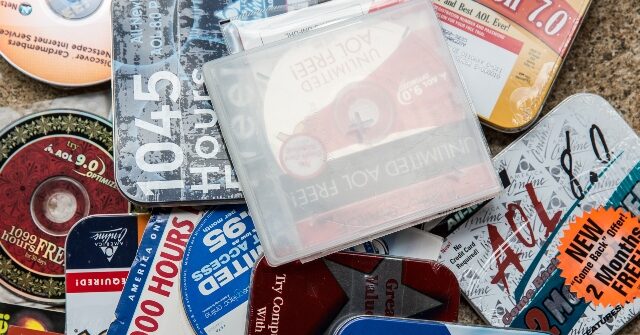AOL, once a dominant force in the early days of the Internet, has announced the end of its dial-up Internet service, marking the closure of a significant chapter in the history of online connectivity.
Apple Inside reports that after more than four decades of providing dial-up Internet access to millions of users worldwide, American Online has decided to discontinue its iconic service. The company, which started as a very early Apple service in the 1980s, played a crucial role in ushering in the Internet age for countless individuals. Although many readers will be surprised to learn that dial-up internet was still available in the era of broadband and 5G, the company reportedly had thousands of dial-up customers remaining.
In a recent support page update, AOL informed customers that its dial-up service, along with its associated software, AOL Dialer and AOL Shield, will be discontinued on September 30, 2025. The company stated that it routinely evaluates its products and services but did not disclose the specific reasons behind the decision to end dial-up access. However, the ubiquity of faster, more modern Internet connections is likely the primary factor.
AOL’s journey began in 1983 under the name Control Video Corporation, offering online services for the Atari 2600 console. After a brief stint as Quantum Computer Services, the company launched AppleLink in 1988, connecting Macintosh computers. Following the introduction of PC Link for IBM-compatible PCs and parting ways with Apple in 1989, the company rebranded itself as America Online, or AOL.
Unlike its rival Compuserve, AOL positioned itself as a user-friendly way for non-technical individuals to access the Internet. Although the connection speeds were significantly slower than today’s standards, with a maximum of 56 kilobits per second under ideal conditions, AOL’s services were groundbreaking for their time.
Throughout the 1990s, AOL enjoyed booming growth alongside the increasing popularity of computers, thanks to the introduction of graphical operating systems and other advancements. The company’s marketing strategy, which involved distributing countless trial CDs, helped it gain widespread recognition. By 1995, AOL boasted ten million customers and made several notable acquisitions, including WebCrawler, eWorld, and CompuServe.
However, the rise of broadband Internet services in the 2000s posed a significant threat to dial-up providers. Cable Internet and, later, cellular connectivity through smartphones, offered faster and more convenient access to the Internet. Despite this, AOL maintained a substantial user base, with approximately two million dial-up subscribers at the time of its acquisition by Verizon in 2015.
Even as dial-up became increasingly obsolete, it remained a viable option for low-income families and those living in rural areas without access to broadband. In 2021, when Apollo Global Management acquired assets from Verizon, AOL was reported to have 1.5 million paying customers, although the majority were using the service for technical support and software rather than Internet access. The number of actual dial-up users had dwindled to the “low thousands.”
Read more at Apple Insider here.
Lucas Nolan is a reporter for Breitbart News covering issues of free speech and online censorship.
Read the full article here


